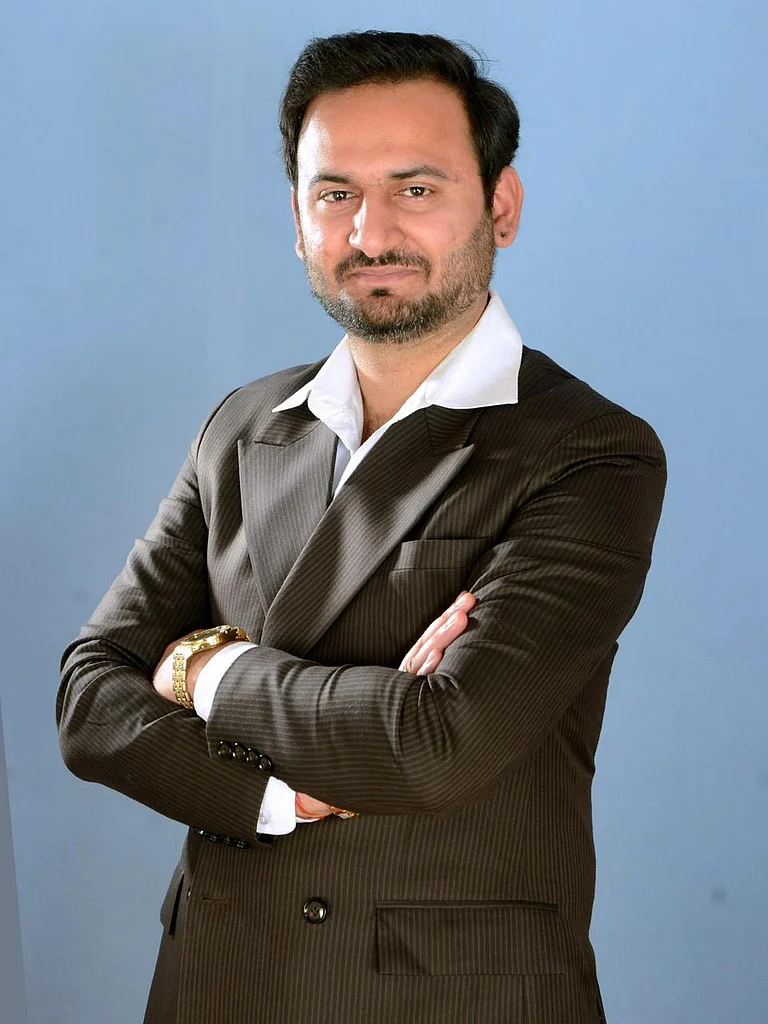Hawaii, known for its scenic beaches, has a lot to offer. Centuries-old Hawaiian lava caves have formed a network of underground tunnels and caves. These were created by volcanic processes hundreds of years ago. These do not support a healthy life as they are cold, dark and full of toxic minerals and minerals. As per media reports, these microbes are considered the smallest living organisms on Earth and not much information is available.
Recently, scientists discovered these volcanic vents and the colonies of complex microbes. There are high chances that some of these microbes are yet to be discovered. While the other some of these form mysterious life and convert into ‘dark matter.’
According to media reports, if these microbes survive in these 600–800-year-old lava tubes, the same might be visible on Mars at some stage. Researchers have found that microbes living in older lava caves have a diverse population.
With a change in the environment, their social structure changes too. Caves which are young and still active provide a large scope for microbes to grow and come together. With older caves, these microbes take time to cover the volcanic basalt.
In harsher environments, microbes compete with one another to become stronger forces, scientists believe this.
According to media reports, microbiologist Rebecca Prescott from the University of Hawaii said, “ Overall, this study helps to illustrate how important it is to study microbes in co-culture, rather than growing them alone (as isolates). In the natural world, microbes do not grow in isolation. Instead, they grow, live, and interact with many other microorganisms in a sea of chemical signals from those other microbes. This then can alter their gene expression, affecting what their jobs are in the community.”





















